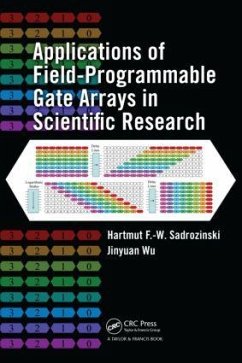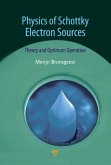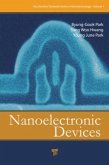"Emphasizing concepts and practical examples, this book presents an introduction to applications of field-programmable gate arrays (FPGAs) in various fields of research. Examining the principle of FPGAs and their functionality, the book explores how FPGAs work and how they are programmed to specific areas of applications in physics. Many figures and hands-on examples are included to show why FPGAs are so popular. The book also contains several chapters on special topics contributed by experts in the field, with information on applications in radiobiology, large-scale data management, HEP, nuclear physics, and photon science"--
Focusing on resource awareness in field-programmable gate array (FPGA) design, this work covers the principle of FPGAs and their functionality. It provides an accessible overview of the use of FPGAs in data acquisition, signal processing, and transmission and contains many hands-on examples drawn from diverse fields, such as high-energy physics and radiobiology. The authors emphasize sound design practices that encourage the saving of limited silicon resources and power consumption. They also offer VHDL code, detailed schematics of selected projects, photographs, and more on a supporting website.
Focusing on resource awareness in field-programmable gate array (FPGA) design, this work covers the principle of FPGAs and their functionality. It provides an accessible overview of the use of FPGAs in data acquisition, signal processing, and transmission and contains many hands-on examples drawn from diverse fields, such as high-energy physics and radiobiology. The authors emphasize sound design practices that encourage the saving of limited silicon resources and power consumption. They also offer VHDL code, detailed schematics of selected projects, photographs, and more on a supporting website.








